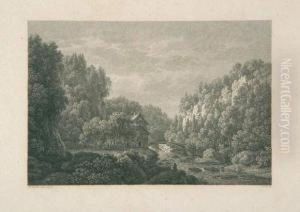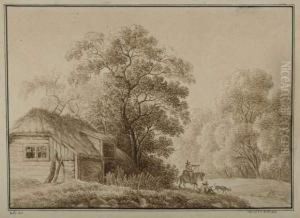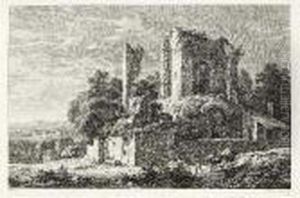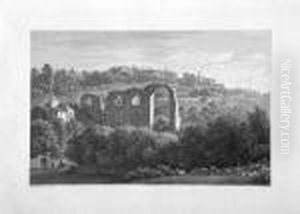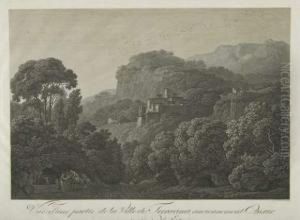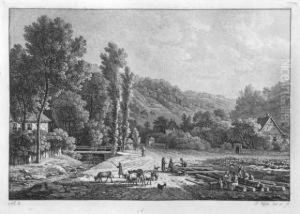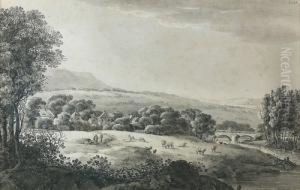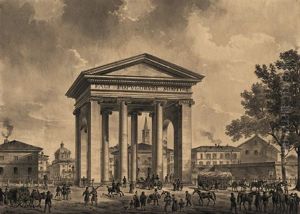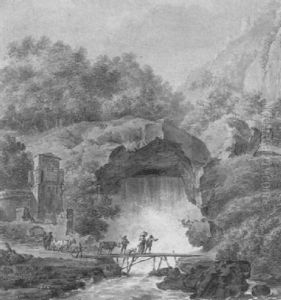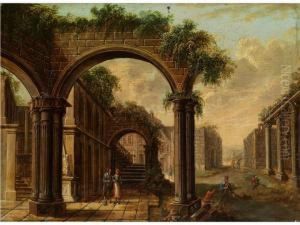Johann Philipp Veith Paintings
Johann Philipp Veith, born in 1650 and died in 1719, was a figure whose contributions to art and culture, though not widely recognized today, reflect the intricate tapestry of European artistic endeavors during the late 17th and early 18th centuries. His life and work were emblematic of the period's shifting attitudes towards art, religion, and society. Veith's oeuvre primarily encompassed religious themes, a reflection of the era's deep-rooted Christian beliefs and the Catholic Church's significant influence on the arts.
Veith's artistic journey was marked by the Baroque movement, which dominated European art from the early 17th century until the 1730s. This period was characterized by dramatic expression, rich coloration, and intense light and shadow, reflecting the tumultuous socio-political landscape of the time, including the Thirty Years' War and the Counter-Reformation. Within this context, Veith developed a style that, while adhering to the grandeur and dynamism of Baroque sensibilities, also exhibited a unique blend of emotional depth and spiritual fervor.
Despite the lack of extensive documentation on Veith's life, it is believed that he received his artistic training in one of the prominent centers of the Baroque movement, possibly in Rome or Vienna, where he would have been exposed to the works of masters such as Caravaggio, Bernini, and Rubens. These influences are evident in his use of dramatic lighting and realistic, yet idealized, portrayals of biblical scenes and figures.
Throughout his career, Johann Philipp Veith contributed to the decoration of several churches and public buildings, where his frescoes and altar pieces continue to be admired for their vibrancy and emotional intensity. His works are celebrated for their ability to convey the divine and the human, bridging the gap between celestial perfection and earthly experience. Veith's legacy, though not as prominent as some of his contemporaries, remains an integral part of the study of Baroque art, offering insights into the era's rich cultural and religious life.
The details of Veith's death in 1719 are as sparse as those of his life, but it is known that he left behind a body of work that, though not extensive, contributes to our understanding of the Baroque period's complexity and the enduring power of religious art to inspire and elevate the human spirit. Johann Philipp Veith's artistic contributions continue to be studied by art historians and appreciated by art lovers, serving as a testament to the enduring legacy of an artist who captured the baroque spirit through his dedication to exploring the divine through visual art.
